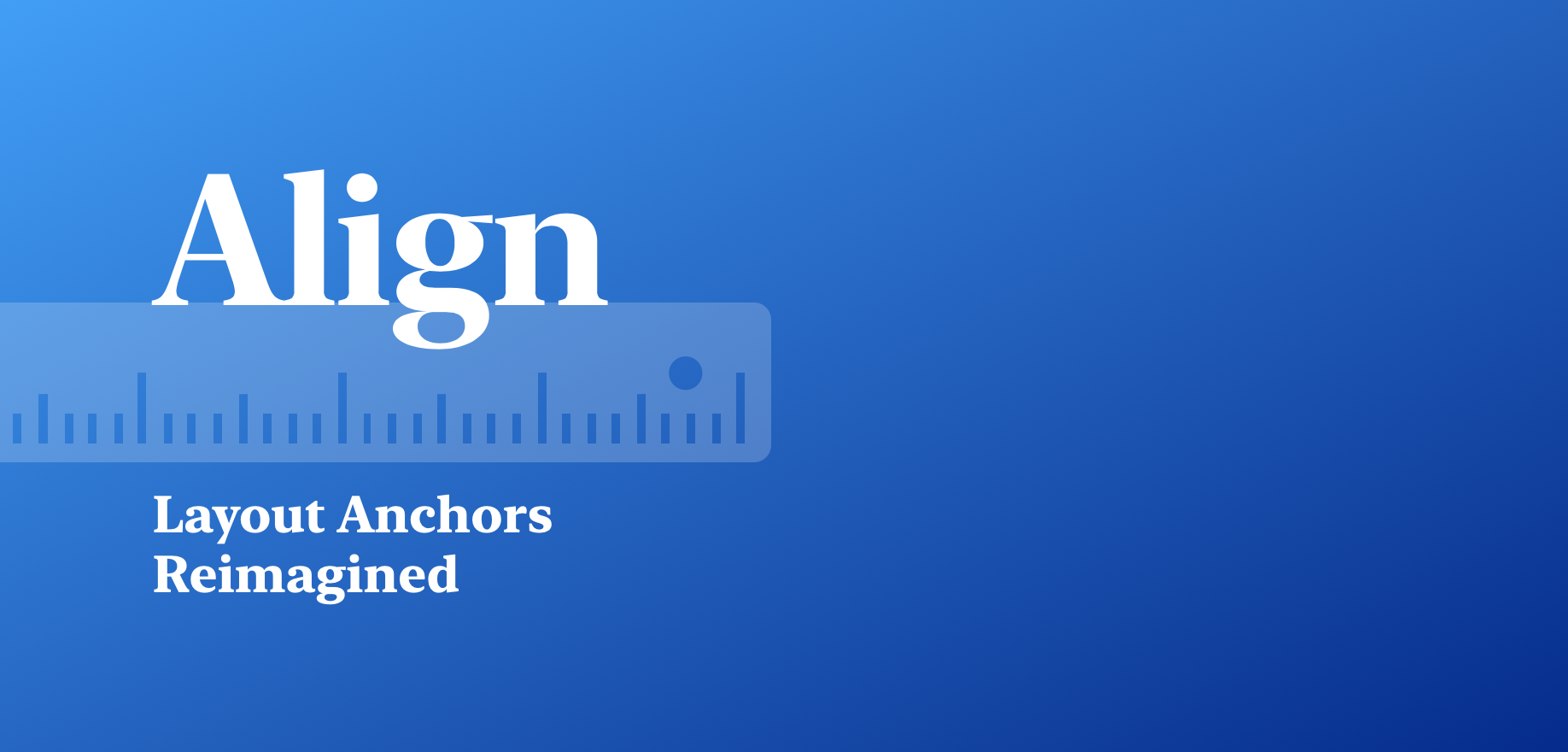Auto Layout made easy with the Custom Layout.
Getting started
CocoaPods
CocoaPods is a dependency manager for Cocoa projects. You can install it with the following command:
$ gem install cocoapods
To integrate CustomLayout into your Xcode project using CocoaPods, specify it in your Podfile:
source 'https://github.com/CocoaPods/Specs.git'
platform :ios, '12.0'
use_frameworks!
target '<Your Target Name>' do
pod 'CustomLayout', '~> 1.0.1'
end
Then, run the following command:
$ pod install
Swift Package Manager
Swift Package Manager is a tool for managing the distribution of Swift code. It’s integrated with the Swift build system to automate the process of downloading, compiling, and linking dependencies.
Xcode 11+ is required to build CustomLayout using Swift Package Manager.
dependencies: [
.package(url: "https://github.com/MnkGitBox/CustomLayout.git", .upToNextMajor(from: "1.0.1"))
]
Manually
If you prefer not to use either of the aforementioned dependency managers, you can integrate CustomLayout into your project manually.
How to Use
You can call layout.activate method provided by the Custom Layout library.
- Without Custom Layout
view.addSubview(redView)
view.translatesAutoresizingMaskIntoConstraints = false
NSLayoutConstraint.activate([redView.leadingAnchor.constraint(equalTo: view.leadingAnchor,
constant: 50),
redView.trailingAnchor.constraint(equalTo: view.trailingAnchor,
constant: -50),
redView.topAnchor.constraint(equalTo: view.safeAreaLayoutGuide.topAnchor,
constant: 40),
redView.bottomAnchor.constraint(equalTo: view.safeAreaLayoutGuide.bottomAnchor,
constant: -20)])
- With Custom Layout
view.addSubview(redView)
redView.layout.activate([.leading(constant: 50), .traling(constant: -50), .top(constant: 40, safeAreaAlign: true), .bottom(constant: -20, safeAreaAlign: true)])
Layout to sibling views
Custom Layout not only helps to layout subviews to its super view. We can use it to layout view components with other views who share the same ancestors.
greenView.layout.activate(to: [view : [.bottom(constant: -2, safeAreaAlign: true), .traling(constant: -20)],
redView : [.leadingToTraling(constant: -10), .topToBottom(constant: 20)]])
Resources
You can find the original sample code here.
Credits
- Malith Nadeeshan (malithnadeeshan)
License
CustomLayout is released under the MIT license. See LICENSE for details.










